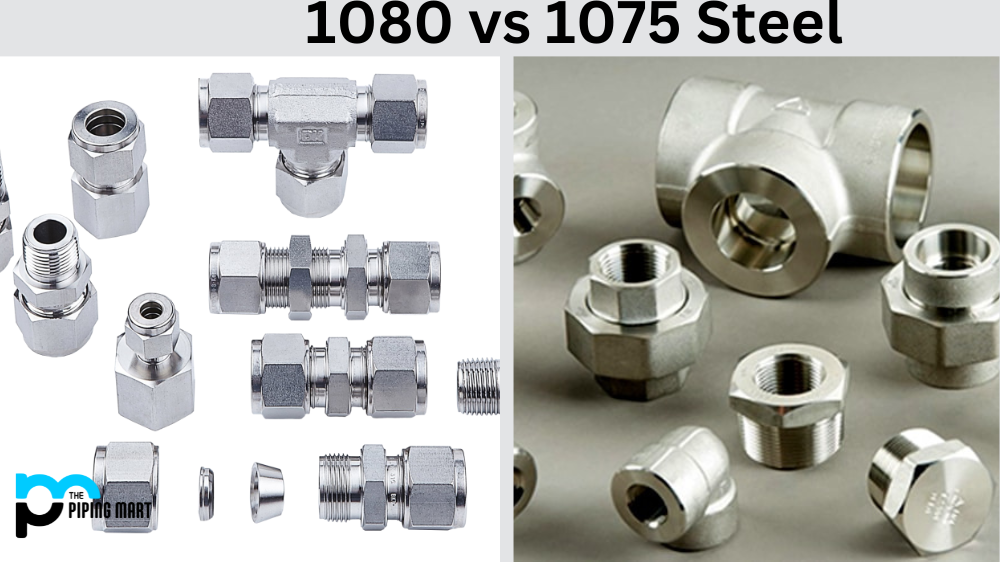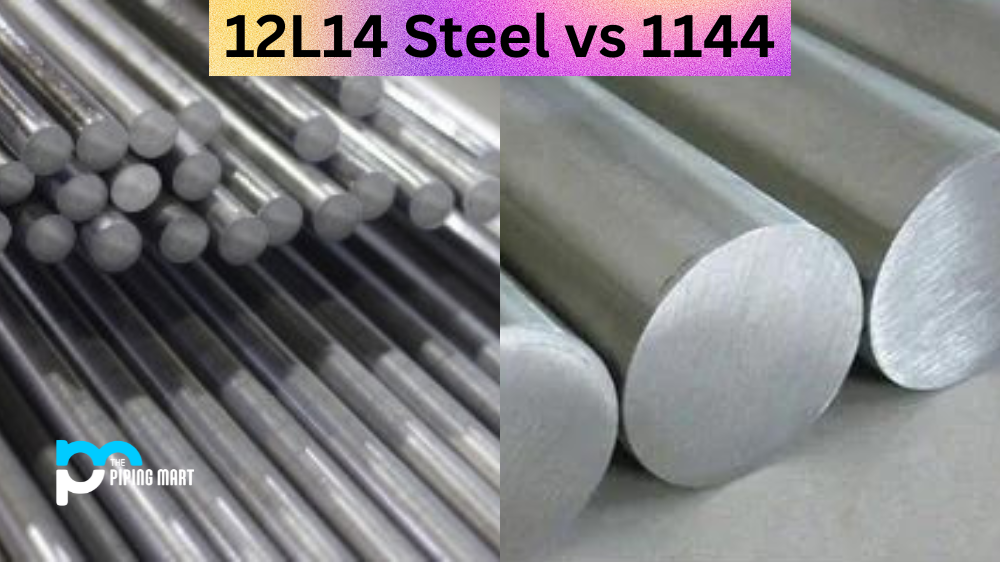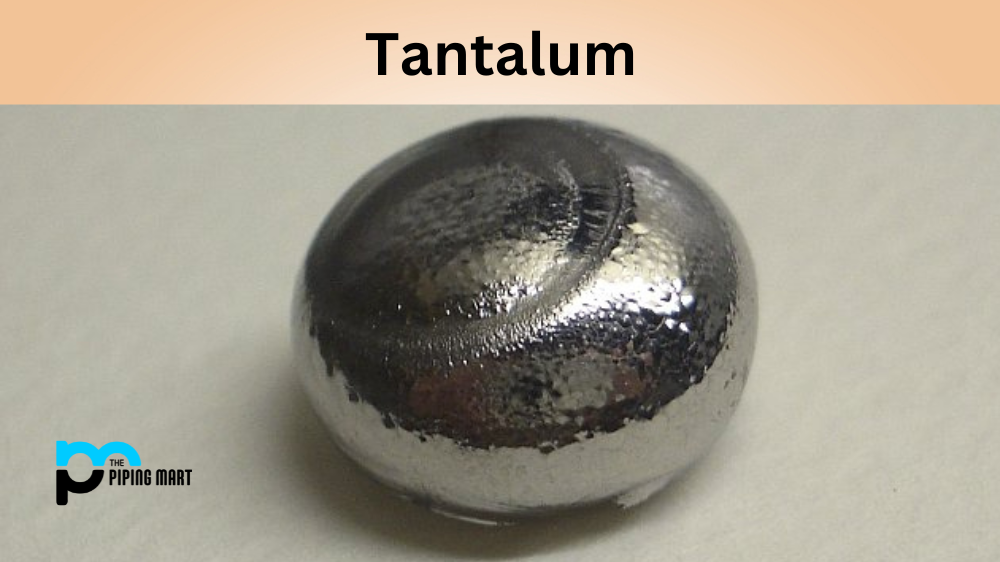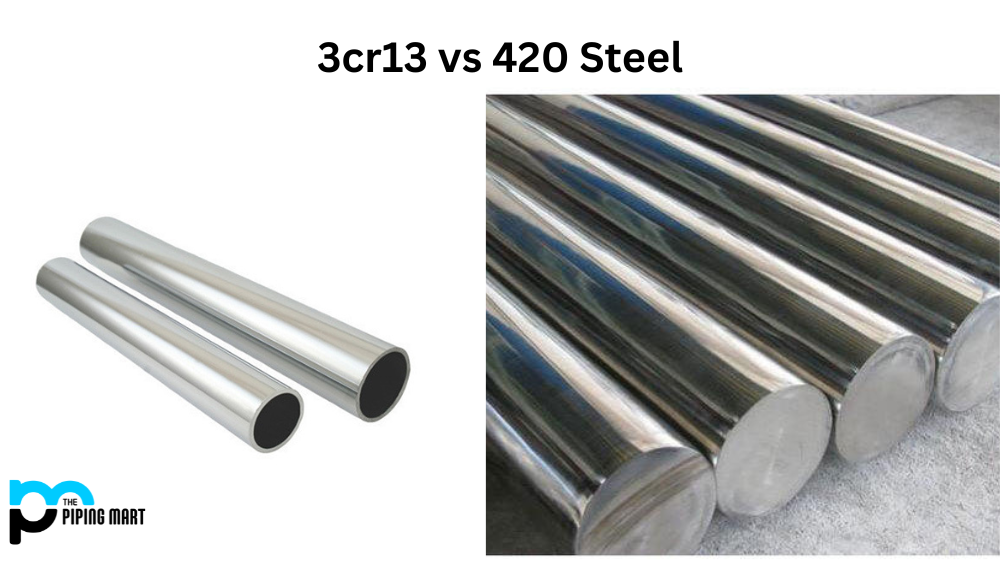Many factors must be considered when selecting the correct type of steel for a project. The two most commonly used knife-making steels are 1080 and 1075 steel. These two steel sheets are high in carbon content, making them perfect for blades. However, they are not the same. This blog post will discuss the differences between 1080 and 1075 steel to help you decide which one to use for your next project.
Difference Between 1080 and 1075 Steel
Carbon content
The first significant difference between these two steels is their carbon content. While both are considered high-carbon steel, 1080 steel contains slightly more carbon than 1075 steel. 1080 steel has around 0.75% to 0.88% carbon, while 1075 steel contains about 0.65% to 0.75% carbon—this difference in carbon content results in a difference in hardness and toughness between the two steel sheets.
Properties
Both 1080 and 1075 steel are high-carbon steels that can be hardened by heat treatment. However, 1080 steel is more likely to crack during heat treatment than 1075 steel. Additionally, 1080 steel has higher levels of manganese, which gives it better wear resistance.
Hardness
Due to its higher carbon content, 1080 steel is generally more complex than 1075 steel. The additional carbon in 1080 steel allows it to hold a sharper edge and maintain it for a more extended period. This makes it an ideal choice for knives and other cutting tools that require a high level of sharpness.
Toughness
While 1080 steel is more complex than 1075 steel, the latter is more challenging. This means that 1075 steel is better at resisting impact and blade shock, making it less likely to chip or break. This makes it an excellent choice for knives for heavy-duty tasks such as chopping or hacking.
Price
Price is another factor to consider when choosing between 1080 and 1075 steel. Generally, 1075 steel is less expensive than 1080 steel due to its lower carbon content. This makes it a more economical choice for budget-conscious knife makers.
Availability
1080 and 1075 steel are widely available and can be purchased from various suppliers. However, 1080 steel tends to be more readily available than 1075 steel due to its popularity among knife makers. This may make it easier to find and purchase in large quantities.
Uses
1080 and 1075 steel are often used to make knives and other cutting tools. However, due to its higher carbon content, 1080 steel is less likely to be used in applications with desired softer steel, such as food preparation knives.
Heat Treatment
To harden 1080 and 1075 steel, they must be heated to a temperature between 1,000 and 1,200 degrees Fahrenheit (540 and 650 degrees Celsius). Once they reach this temperature, they must be cooled rapidly to achieve the desired hardness.
Annealing
Annealing is a heat treatment process that helps relieve metals’ internal stresses. It is often used before cold working to make the metal easier. To anneal 1080 or 1075 steel, they must be heated to a temperature between 1,000 and 1,200 degrees Fahrenheit (540 and 650 degrees Celsius) and then slowly cooled.
Tempering
Tempering is a heat treatment process that helps increase metals’ toughness. It is often used after hardening to reduce the brittleness of the metal. To temper 1080 or 1075 steel, they must be heated to 250 and 350 degrees Fahrenheit (120 and 180 degrees Celsius) and cooled rapidly.
Conclusion
When it comes to choosing between 1080 and 1075 steel for your next project, it ultimately comes down to what you will be using the steel for and your budget. If you require a blade with a sharp edge for extended periods, 1080 steel is your best bet. If you need a knife that can withstand heavy-duty tasks, 1075 steel is your better option. Regardless of the steel you choose, work with a trusted supplier to get the highest quality steel for your needs.

A passionate metal industry expert and blogger. With over 5 years of experience in the field, Palak brings a wealth of knowledge and insight to her writing. Whether discussing the latest trends in the metal industry or sharing tips, she is dedicated to helping others succeed in the metal industry.




